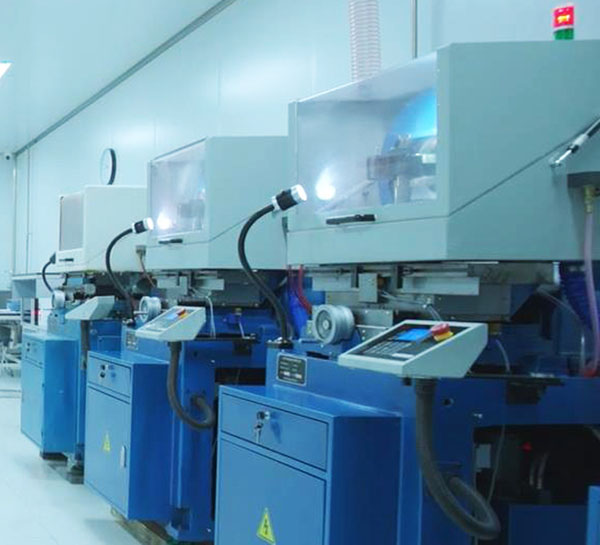Laser crystals are at the heart of laser systems, enabling the generation and amplification of coherent light. Understanding how laser crystals work requires a closer look at the underlying principles of stimulated emission and the process of lasing.
1. Stimulated Emission:
Laser crystals are typically composed of solid-state materials, such as ruby (chromium-doped aluminum oxide) or Nd:YAG (neodymium-doped yttrium aluminum garnet). These crystals contain dopant ions (e.g., chromium or neodymium) that have energy levels within the crystal lattice.
When the laser crystal is excited by an external energy source, such as a flashlamp or another laser, the dopant ions absorb energy and transition to higher energy levels. This process is called absorption. The excited ions then relax back to lower energy levels through spontaneous emission, releasing photons in random directions and phases.
However, in a laser crystal, a phenomenon called stimulated emission can occur. When a photon with a specific energy (matching the energy difference between the excited and lower energy levels) passes near an excited ion, it can stimulate the ion to release a second photon that is identical in energy, direction, phase, and polarization. This process creates a cascade effect, as the emitted photons can, in turn, stimulate other excited ions to emit more photons, resulting in the amplification of light.
2. Optical Resonator:
To achieve laser action, the laser crystal is placed within an optical resonator, which consists of two mirrors that form a cavity. One mirror is partially reflective, allowing a portion of the emitted light to escape, while the other mirror is highly reflective, reflecting the light back into the crystal.
The optical resonator plays a crucial role in the laser operation. It provides feedback to sustain the amplification process by reflecting the photons back into the crystal, which stimulates further emission and amplification. The length of the resonator determines the specific wavelengths of light that are amplified and emitted by the laser crystal.
3. Pumping Mechanism:
Laser crystals require an external energy source to excite the dopant ions and initiate the lasing process. This energy source is known as the pump. The pump can be in the form of flashlamps, diode lasers, or other lasers, depending on the specific crystal material and application.
The pump excites the dopant ions in the laser crystal, raising them to higher energy levels. As the ions relax back to their lower energy levels through stimulated emission, they emit photons that are amplified within the crystal due to the optical resonator. This amplification process continues until a sufficient number of photons are present in the resonator to form a coherent and intense laser beam.
In summary, laser crystals work by utilizing the principles of stimulated emission and optical resonators. The dopant ions within the crystal absorb energy from an external pump source, transition to higher energy levels, and then emit photons through stimulated emission. These photons are amplified within the crystal due to the optical resonator, resulting in the generation of a coherent and focused laser beam.


